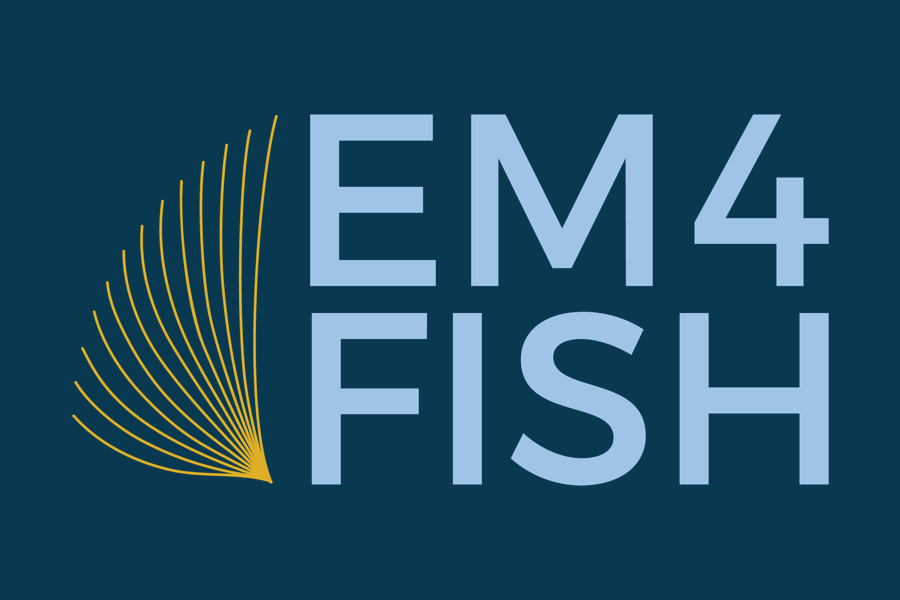
Cape Cod Times, by Doug Fraser, May 28, 2016
HARWICH, CT — On the Dawn T, commercial fisherman Nick Muto inked “Big Brother” next to a switch that turns on a sophisticated video system that will record everything on deck from the time he leaves the dock to his return.
Between 10 and 20 fishermen from Rhode Island to Maine on Wednesday will flip the switch and turn on the cameras. Three Cape fishermen have had the equipment installed on their vessels, and three more are scheduled to be outfitted.
“We all need to take ownership of what we are doing,” Muto said. “If we want to see a future in fishing, we need more accurate information.”
Video: Video equipment installed on Cape fishermen’s boats
While there have already been pilot programs to evaluate video monitoring, this is the first time, under what is known as an Exempted Fishing Permit, that the information gathered by video will be incorporated into the management process. The fishermen, Muto included, volunteered for the program.
Muto smiled at the irony. Once, the idea of any type of electronic surveillance rankled independent-minded Yankee fishermen, but now they’re accustomed to it. From satellite tracking systems they are required to carry, to voluntary programs that tell them where to fish to avoid high levels of unwanted species, New England fishermen operate in a much more electronic and public arena than their predecessors.
Still, nothing rivals video for intrusiveness, and it’s a sign of the times that many fishermen have not only accepted it, but even welcome it. No one likes prying eyes, but it’s become a reality of doing business in a highly regulated field, Muto said.
As soon as he flips the switch, a camera overhead with a wide angle view of the deck begins recording what happens in the stern of his gillnet vessel. It stays on the entire trip. When he activates the hydraulics that power the winches that play out and haul in his nets, a sensor activates two cameras, one focused on the net being hauled up on the side of the vessel and another on the chute where the fish come through after being disentangled from the net and where discards are measured before going back overboard.
When they arrive in port, fishermen remove the hard drive from the onboard computer and mail it to an office in Canada where trained personnel identify and document all discarded species.
Fishermen hope that, in the long run, video surveillance will save them money and aggravation.
As one of the conditions for the 2010 approval of a sector system in which fishermen group together to manage their share of an overall quota, groundfish fishermen said they would pay for at-sea monitors. The observers ride along and document what is caught and what species are discarded. When many species, which include cod, haddock and flounders, fell to historically low population levels, fishermen were faced with declining quotas and revenues and said they couldn’t afford the $710 a day cost for monitors. The National Oceanic and Atmospheric Administration Fisheries rejected their request that the agency foot the bill.
Many hope an electronic monitoring program will be more affordable for vessels in the long run. In a 2015 analysis comparing hypothetical costs, NOAA projected over $60,000 annually per vessel along with nearly $60,000 in start-up costs for equipment and other expenses. That didn’t compare favorably with an estimated $18,105 per vessel for human monitors.
But the analysis assumed every trip would be monitored while the current permit requires only 14 percent of trips be documented with cameras. Federal grants and money from The Nature Conservancy and the Cape Cod Commercial Fishermen’s Alliance helped offset the $6,000 to $15,000 in equipment and labor needed to rig the vessels. And, proponents believe annual costs for video review are too high.
In addition, Cape fishermen have relatively small vessels and it’s hard to accommodate another person, Muto said. He worries about the safety of monitors who don’t have a lot of experience at sea.
Now that information from their vessels can be incorporated into fisheries science, fishermen expect the video will document what they see and help bridge the gap between their impression of the health of fish stocks and the computer models used by scientists.
Cape fishermen have been at the forefront in advocating for the new technology, participating in pilot programs more than a decade ago. They contended the groundfish fleet needed a much higher level of observer coverage to get a handle on wasteful discarding of fish and more scientific information on what was being caught. Electronic monitoring methods, they believed, could be a more cost-effective way to expand coverage.
“It’s taken longer than we hoped or thought it would,” said Claire Fitz-Gerald, manager of the Chatham-based Georges Bank Fixed Gear Sector. This is the first time in the Northeast that NOAA has allowed video surveillance in place of human observers. The permit expires May 1, 2017. Fitz-Gerald sees the first year as a “soft launch” to work out bugs and answer some of NOAA’s concerns, like how well the video reviewers can distinguish between similar species.
“Our goal is for the option (of using electronic monitoring) to continue into the future,” said Chris Maguire, marine program director for the Nature Conservancy in Massachusetts.
The permit could be extended, or fishermen could apply for a new one.
“I think there will always be a little bit of the Big Brother thing,” said Fitz-Gerald. “But, at the end of the day, fishermen are trying to make a living and meet the requirements of monitoring and if a camera can do it better than a human in a way that doesn’t affect the bottom line, then that’s good.”

